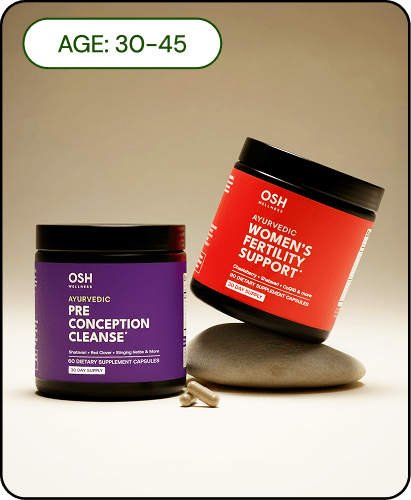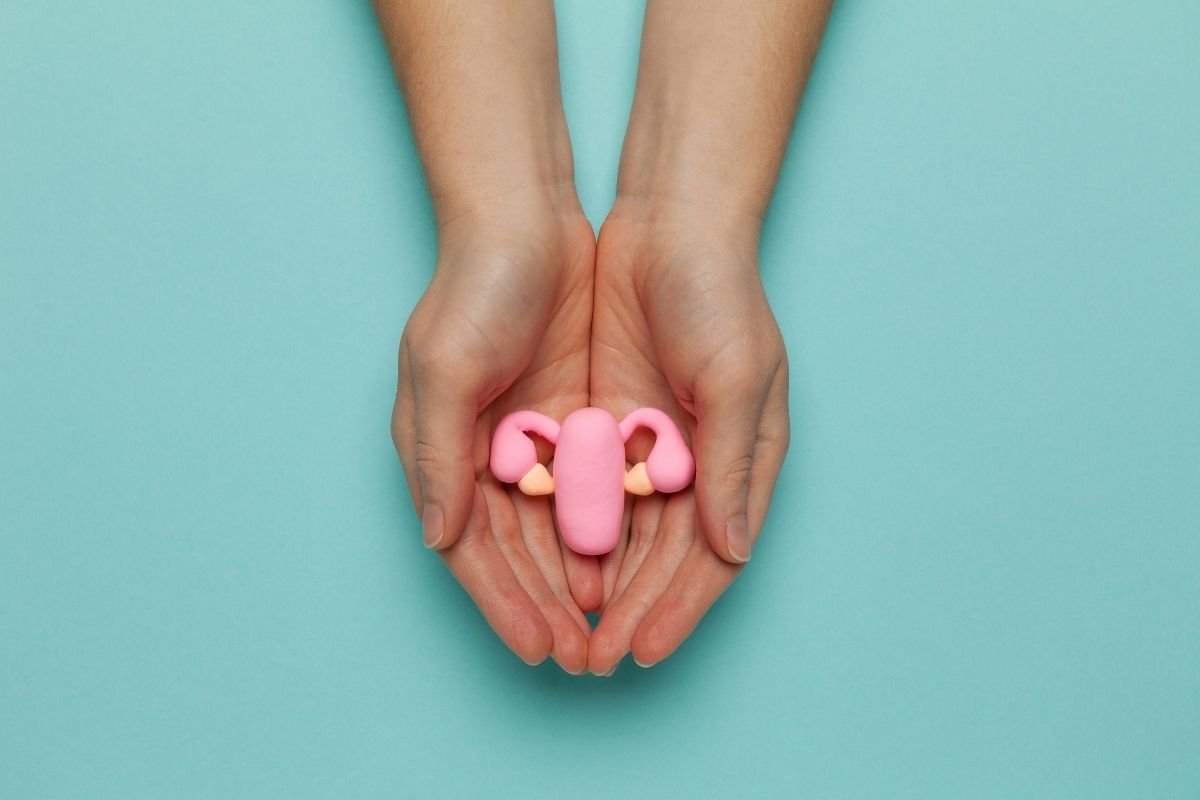Table of contents
Like many recommendations having to do with infants and children, breast milk use and storage guidelines seem to change regularly. It can be hard for a mother to know how to store breastmilk, when to use breastmilk, and how to tell if it is still safe. What’s even more of a challenge is figuring out what to do with your precious milk if it is no longer considered safe for your little one to ingest. We know you don’t want to simply dump all of that liquid gold down the drain!
The American Academy of Pediatrics rather quietly just changed one of their recommendations for breastmilk storage and use. Here is what families need to know, plus a few creative uses for breast milk that no longer meets the safety requirements.
The Basics of Breastmilk
Feeding your child directly from the breast (though not always easy) is relatively straightforward. Your little one latches and feeding commences. However, when breastmilk is expressed it is an entirely different scenario. There is sanitation and freezing, and expiration dates as well as pump parts and storage bags -- the list goes on. Why are there so many more recommendations for expressed milk?
It really boils down to bacteria and the best nutritional makeup. Freshly expressed milk has the best composition in terms of maternal cells, nutrients, protective antibodies, and other beneficial properties. The longer the milk goes unused and is subjected to temperature fluctuations, the more these good properties decrease. Additionally, the more chances bacteria have to grow.
Breastmilk is not sterile, even straight from your breast. It actually contains bacteria, viruses, pathogens, fungi, and a variety of other microorganisms. Many of these organisms can help your little one with immunity and building their gut-flora, though identified pathogens and quantity varies from woman to woman. Nevertheless, problems can arise with your breastmilk’s makeup if it is not stored or used properly.
Storing Breastmilk
Mom’s everywhere rejoiced when the AAP just revised a few of their storage guidelines. Why? Because breastmilk storage and use recommendations are pretty strict. As a result, sometimes moms are faced with unused breast milk deemed no longer safe to feed to their baby but still devastating to dump down the sink (you may not have to! But more on that later). Here is everything you need to know about storing your breastmilk.
Preparing To Store Breastmilk
Before you store your milk, there are a few guidelines you should follow. The main goal is to keep everything as clean as possible. The more sterile your surface, bottles, parts, and hands the fewer germs and bacteria are introduced to your milk.
It has been found that breast milk keeps many of its immunologic properties when stored in containers made of glass or hard plastic that are free from polyethylene. Additionally, these containers are often BPA-free (don’t forget to check!). If you are worried about glass breaking when frozen or heated, you may prefer to use food-grade plastic. Make sure to clean all containers before use thoroughly.
When you are ready to pump or transfer your milk to a container, wash your hands well with soap and water. An alcohol-based hand sanitizer is also suitable. Try your best to keep your area, pump parts, and containers as hygienic as possible by only touching them with clean hands and setting them on clean surfaces. Thankfully, you don’t need to worry about cleaning your breasts or nipples before pumping!
How To Store Milk
After expressing your milk, you will need to use it or store it according to the CDC guidelines. Freshly expressed milk can only be kept at room temperature (60 - 77 degrees Fahrenheit) for up to four hours. After this amount of time has passed, it is no longer safe to feed your little one, regardless of if they drank from it or not. If you are approaching the four hour limit, it’s best to freeze it or place it in the refrigerator.
If you just finished pumping and want to store your milk immediately, you need to put it in a clean container with a leak-proof lid or breastmilk storage bag. It can then go in a refrigerator or freezer that has temperature uniformity. Freshly expressed milk can last up to four days in a fridge (40 degrees Fahrenheit) or six months in a freezer (0 degrees Fahrenheit or below). While six months is generally best, freshly expressed and immediately stored milk kept for up to 12 months in a freezer is still safe to use.
Be sure to label all your milk with the date it was stored and/or its expiration date. It is better to freeze milk in small amounts so that none goes to waste when you thaw it. If you don’t think your baby will use the milk within four days, it is better to immediately freeze it than to keep it in the fridge.

What About Mixing Milk?
It isn’t uncommon to pump only an ounce or two when trying to build a freezer stash, dealing with a teething baby who won’t latch, or managing oversupply. This can lead to multiple bottles in your fridge and fresh ones on your counter, each only holding an ounce. It doesn’t make sense to freeze such a small amount, so can you mix them?
Moms everywhere cheered recently when the AAP reconsidered the recommendation that had previously said freshly expressed milk (at body temperature) must be chilled in a separate container before it could be added to previously refrigerated, or cold milk. This created one more thing parents had to do when it came to storing milk.
Now, the AAP states, “Mothers can mix warm milk and cold, or even consider pooling milk from 24 hours together, which may help even out variability in nutrients due to pumping time or breast emptying”. Therefore, you’re safe to mix milk as long as it meets these conditions!
Using Stored Milk
If you need to feed your baby using your stored frozen milk, here are the guidelines you should follow. Thaw your oldest breastmilk first; many mothers follow the rule :first in, first out”. To thaw it you can leave it in your refrigerator overnight, run it under a lukewarm tap, or place it in a container of lukewarm water. Regularly swirling the milk to help with even heating and to avoid hotspots is recommended.
Heating it in hot water, on the stove, or in the microwave is never recommended as it can damage the quality and composition of the milk.
For milk thawed in the refrigerator, you have 24 hours to use it before it’s considered no longer safe to feed to your baby. The clock starts ticking as soon as it is completely thawed. If you warm your milk using the water method you should use it within two hours. Once your milk is thawed, you can’t refreeze it.
If your little one doesn’t finish all the milk you thawed or freshly expressed, you can continue offering it for up to two hours after the time they finished feeding. If they do not consume it within two hours you should discontinue offering it to your little one. Don’t return it to the fridge or freezer though, it is considered contaminated and cannot be used for future feedings.
I Have Unusable Milk, What Now?
There are lots of reasons why you may have leftover milk. You could have a bottle your baby didn’t finish, you may discover a food allergy in your infant or that you have high lipase milk they won’t drink, you could be done breastfeeding and still have a stash, or you could have left it in the fridge one day too long. As long as this milk isn’t spoiled, it can be safe to use for other purposes!
To check for spoilage follow these tips.

- Swirl your milk. If it remains separated or produces “chunks” it is likely gone bad
- Sniff it. If the milk smells rancid (which is different from the soapy smell it can acquire during freezing) it is no longer good
- Taste it. You can sample your milk, if it tastes rancid or like, well, spoiled milk then it is no longer usable in any capacity
If your milk is not spoiled, it still contains beneficial properties. This is true even if you can no longer safely feed it to your child. Here are a few other ways you can use it!
- Apply it to diaper rash and let it dry before re-diapering
- Apply it to eczema and allow it to air dry
- Add enough to baby’s bath just to turn the water cloudy and let it soothe their skin
- Apply it to cradle cap and let air dry
- Mix it with water just until cloudy and pat on insect bites or sunburns
Freshly expressed milk can also be applied to sore nipples to help alleviate discomfort and dryness.
Making the Most of Your Milk
Breastmilk truly is liquid gold, whether it is being fed to your child or used in home remedies. However, to make sure it is safe and of the highest quality be sure to follow all storage and preparation guidelines laid out by the CDC and the AAP.
Related Products








